Archive Page 140
Lara Almarcegui : Installation
Bauschutt Hauptraum Secession / Construction Rubble of Secession’s Main Hall
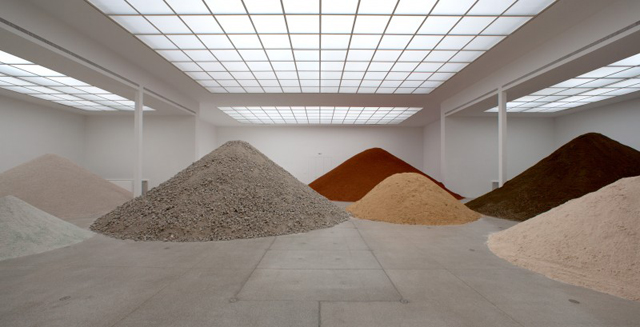 Lara Almarcegui
Lara Almarcegui
installation view: Construction Rubble of Secession’s Main Hall
Photo: Wolfgang Thaler
2010
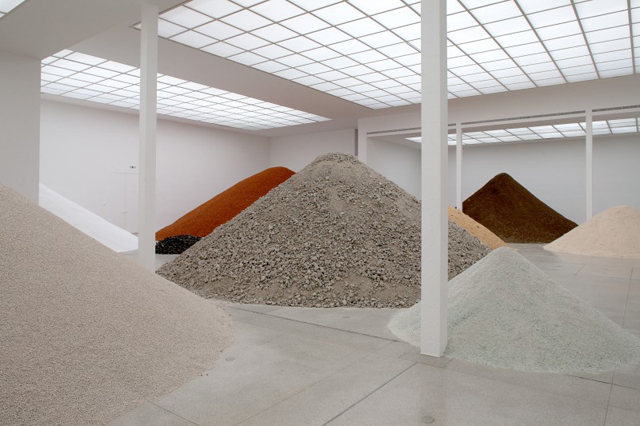 Lara Almarcegui
Lara Almarcegui
installation view: Construction Rubble of Secession’s Main Hall
Photo: Wolfgang Thaler
2010
 Lara Almarcegui
Lara Almarcegui
installation view: Construction Rubble of Secession’s Main Hall
Photo: Wolfgang Thaler
2010
In her projects, the Spanish-born artist Lara Almarcegui, who lives in Rotterdam, examines processes of urban transformation brought on by political, social, and economic change. Since the mid-1990s, she has studied urban features that are not usually the focus of attention: wastelands, construction materials, invisible elements. In her first solo show in Austria, Lara Almarcegui has created three new works for the Secession that relate closely to the city of Vienna and to the historic exhibition house while also recurring to earlier works the artist developed in various cities all over the world.
Lara Almarcegui renders visible what we otherwise fail to regard, see, or notice. She deconstructs in order to uncover—including a view of the utopia of the future. In Bauschutt Hauptraum Secession / Construction Rubble of Secession’s Main Hall, Lara Almarcegui takes stock of the construction materials used to build the main hall of the exhibition building by heaping up piles of these materials—all products of recycling processes—a work that also considers a vision of a possible future use. The exhibition hall with its aura is transmuted into shapeless heaps. What would happen with these tons of concrete, wood, terrazzo, brick, mortar, glass, plaster, polystyrene, and steel if they were to return into the circulation of the construction industry? Which new constructions might arise out of the materials that now constitute the Secession’s main hall? [Extract : Contemporary Art Daily]
 Lotus V (The Lotus Series)
Lotus V (The Lotus Series)
Pigmented ink-jet with photogravure on Somerset velvet
45 3/4 x 60 x 1 3/4 inches
2008
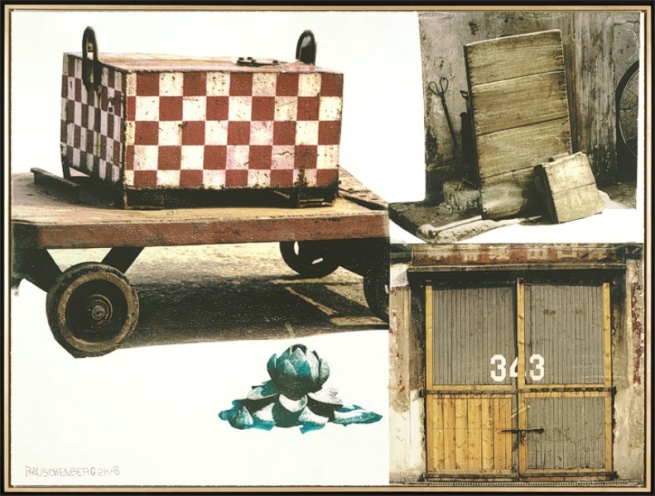 Lotus I (The Lotus Series)
Lotus I (The Lotus Series)
Pigmented ink-jet with photogravure on Somerset velvet
45 3/4 x 60 x 1 3/4 inches
2008
 Lotus III (The Lotus Series)
Lotus III (The Lotus Series)
Pigmented ink-jet with photogravure on Somerset velvet
45 3/4 x 60 x 1 3/4 inches
2008
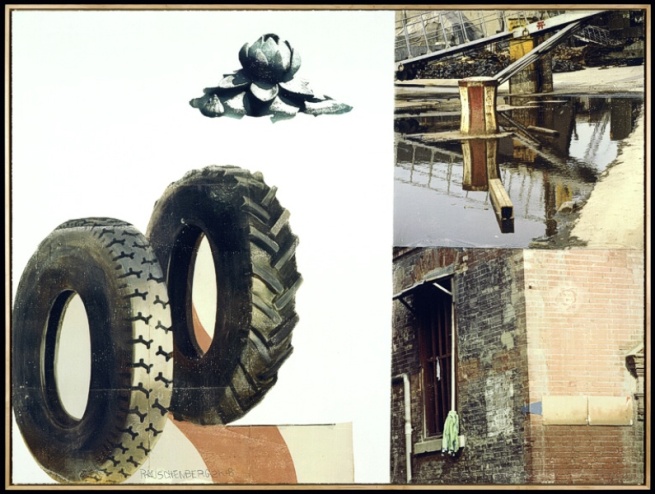 Lotus II (The Lotus Series)
Lotus II (The Lotus Series)
Pigmented ink-jet with photogravure on Somerset velvet
45 3/4 x 60 x 1 3/4 inches
2008
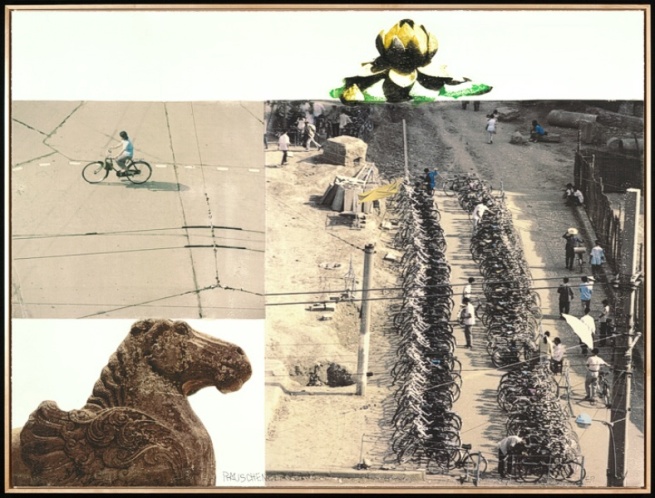 Lotus VI (The Lotus Series)
Lotus VI (The Lotus Series)
Pigmented ink-jet with photogravure on Somerset velvet
45 3/4 x 60 x 1 3/4 inches
2008
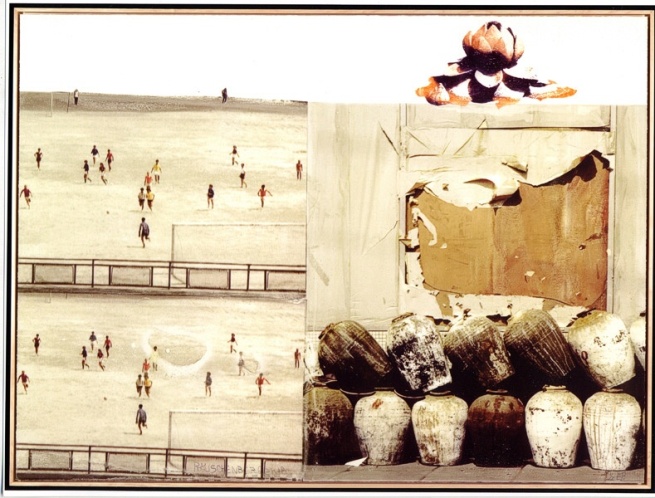 Lotus IX (The Lotus Series)
Lotus IX (The Lotus Series)
Pigmented ink-jet with photogravure on Somerset velvet
45 3/4 x 60 x 1 3/4 inches
2008
When we are looking at The Lotus Series, like most of Rauschenberg’s work, we never see a photograph in isolation. Even though he was an excellent photographer, at some level he must have felt that a single image would not be real enough, unable to convey all of the life and energy that he saw spinning around him. The single image was too fixed, too stable, too much about one-point perspective. By contrast, he wanted to convey what it felt like to be alive. He was not trying to make art with the prints, but he was trying to show you the art that surrounds us everyday. Almost anything can be art; you just have to look at it in a certain way. In an uncanny way, he had the incredible ability to find Combines no matter where he went. Early on in his career he made them himself, later he just took photographs when he encountered them during his travels. Rauschenberg was opening himself to the world around him, trying to be open to the potential for art latent in his every experience.
The new prints seem to be less about objects being photographed and transferred to a print, but more about the raw experience of a place. The original negatives from his trip to China (1983-85) were destroyed in a hurricane. Fortunately, small prints were discovered that would become the source images for these large-scale prints of The Lotus Series. These images were scanned by Bill Goldston who was able to enlarge the images and correct the color. The next step was to print out the source images in different sizes so that Rauschenberg would be able to arrange the images for the final prints. The enlarged photos of his trip to China were made with an ink that allows the image to be transferred to another piece of paper by use of a solvent. This process eventually created an original, which was scanned and reproduced for the final prints. For me, this is a critical part of the Rauschenberg’s process; the photographs were the starting point, not the end point. [Extract : Portland Art]
David Hockney : Paintings
 The Bay From the Mountains
The Bay From the Mountains
oil on canvas
36×72 in
1990
 The Other Side
The Other Side
oil on 2 canvases
72×132 in
1990-93
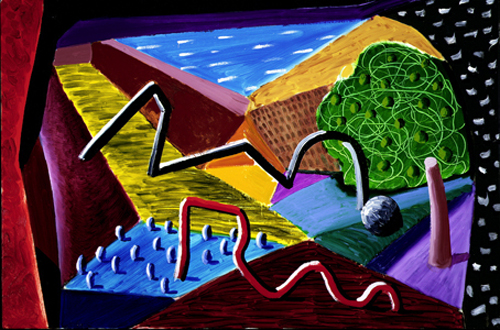 Under and Out of the Arch
Under and Out of the Arch
oil on canvas
24×36 in
1989
 The Twenty Fourth V.N. Painting
The Twenty Fourth V.N. Painting
oil on canvas
24×36 in
1992
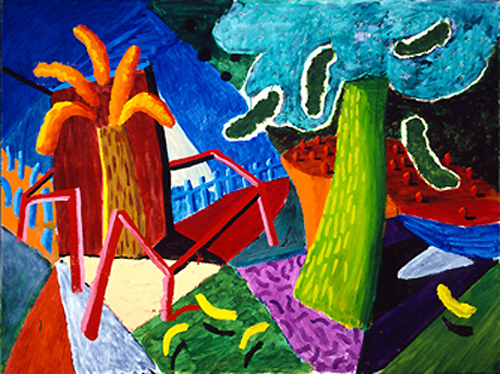 The Railing
The Railing
oil on canvas
36×48 in
1990
In the 90s, Hockney continued to play around with new technology. He employed a colour laser copier to create images in some of his works and replicated some of his paintings. Above all he was impressed with the vibrancy of colour produced by these devices. The constant urge to experiment was also exemplified in the set of ‘Very New Paintings’ begun in the early 90s. These were semi abstract views of the Pacific coast and the Santa Monica mountains, depicted in a succession of plunging perspectives, dazzling vistas, brilliant light and colour, after the style of Picasso and Matisse. [Extract : Encyclopedia of Irish and World Art]
Antoni Tàpies : Artist
::
“to remind man of what in reality he is, to give him a theme for reflection, to shock him in order to
rescue him from the madness of inauthenticity and to lead him to self-discovery.” Antoni Tàpies
::
 ::
::
Repliquer III
Antoni Tàpies
Colour etching
1981
::
 ::
::
Untitled
Antoni Tàpies
Colour etching
1986
::
 ::
::
Antoni Tàpies
Nobody is a nobody
Colour etching
1979
::
 ::
::
Antoni Tàpies
Negre sobre vermell
ink and collage on paper
2008
::
 ::
::
Antoni Tàpies
Affiche avant lettre
Color lithograph
1990
::
Tàpies shared a general sensibility which affected artists on both sides of the Atlantic after the Second World War and the dropping of the atomic bomb, and soon expressed an interest in matter – earth, dust, atoms and particles – which took the shape of the use of materials foreign to academic artistic expression and experiments with new techniques. He believes that the notion of matter must also be understood from the point of view of Medieval mysticism as magic, mimesis and alchemy. That is how we must see his wish for his works to have the power to transform our inner selves.
The works of the last years are, most of all, a reflection on pain – both physical and spiritual – understood as an integral part of life. Influenced by Buddhist thought, Tàpies believes that a better knowledge of pain allows us to soften its effects and therefore improve our quality of life. The passage of time, which has always been a constant in his work, now takes on fresh nuances when lived as a personal experience which brings greater self-knowledge and a clearer understanding of the world.
In recent years he has consolidated an artistic language which visually conveys both his conception of art and certain philosophical concerns which have been renewed over the years. His artistic practice is still open to the brutality of the present while offering a form which, despite its ductility, remains faithful to its origins. And so the works of the last few years are not only fully contemporary, they are also a record of his own past. [Extract : Antoni Tàpies Collection]
::
Antoni Tàpies Collection : Selected Works
Antoni Tàpies : Spaightwood Galleries
::
Norbert Frensch : Paintings
 SO 2-01
SO 2-01
Oil on Dammar on Canvas
170 x 210 cm
2001
 WI 3-01
WI 3-01
Oil on Dammar on Canvas
110 x 135 cm
2001
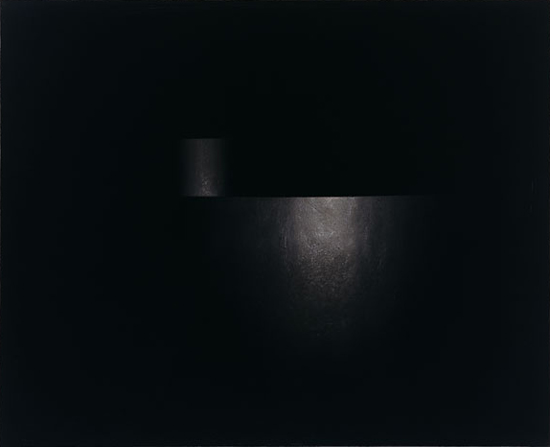 F-10-01
F-10-01
Oil on Dammar on Canvas
110 x 135 cm
2001
Norbert Frensch’s paintings do not merely record what is to be seen. The fact that the viewer finds orientation only gradually, very slowly recognising the outline of a bowl bathed in pale light against the dark background, beginning to sense the presence of a volume, is trivial in and on itself. The point is not the object itself. What appears to the eye is merely the point of departure for an unusual kind of painting that articulates the process of becoming visible. By concealing what appears but revealing how something appears, painting transforms itself from a mode of depiction to a form of art that visibly reflects upon what it brings forth itself. [Extract : Thomas Wagner : catalogue Wiesbaden, 2002, pp50]


